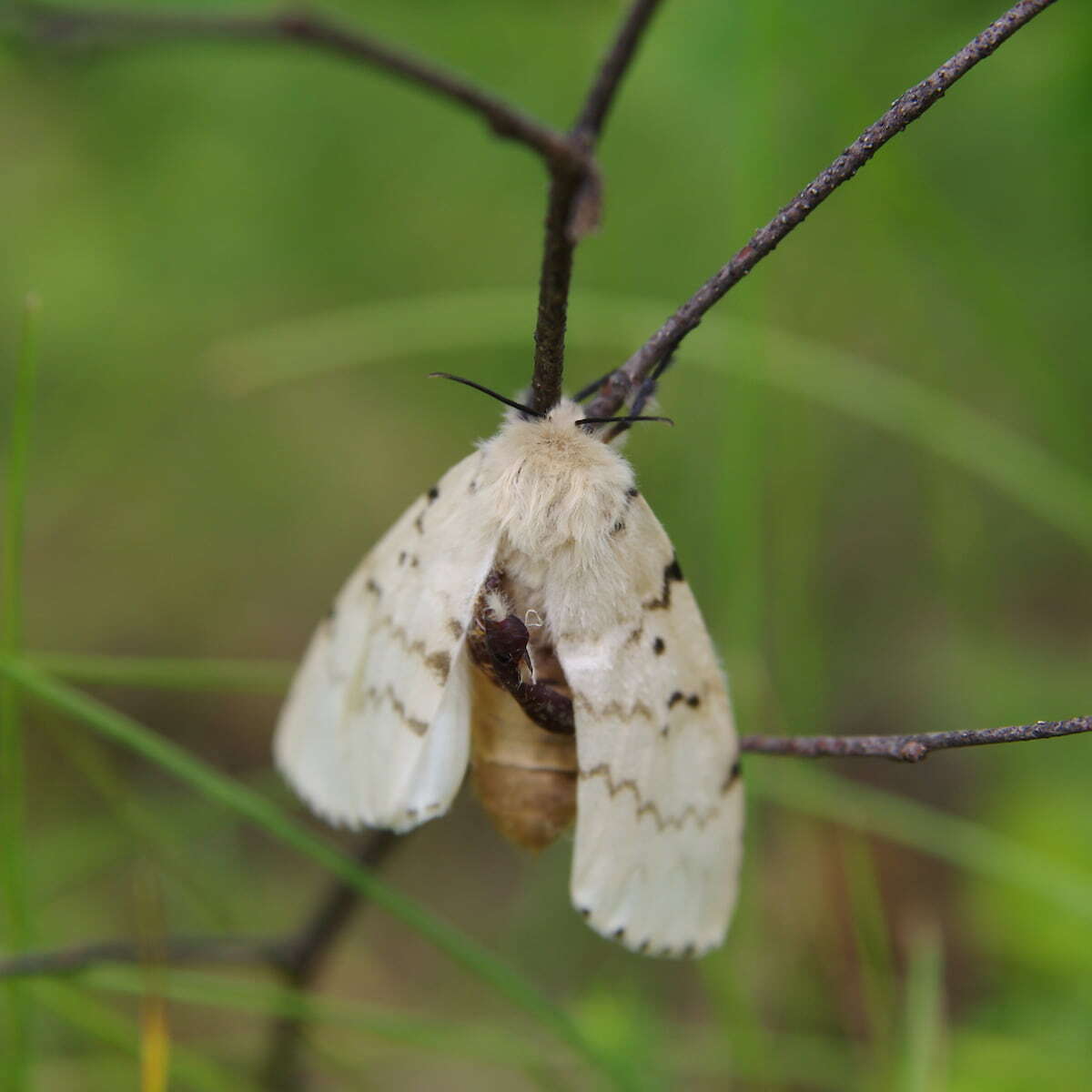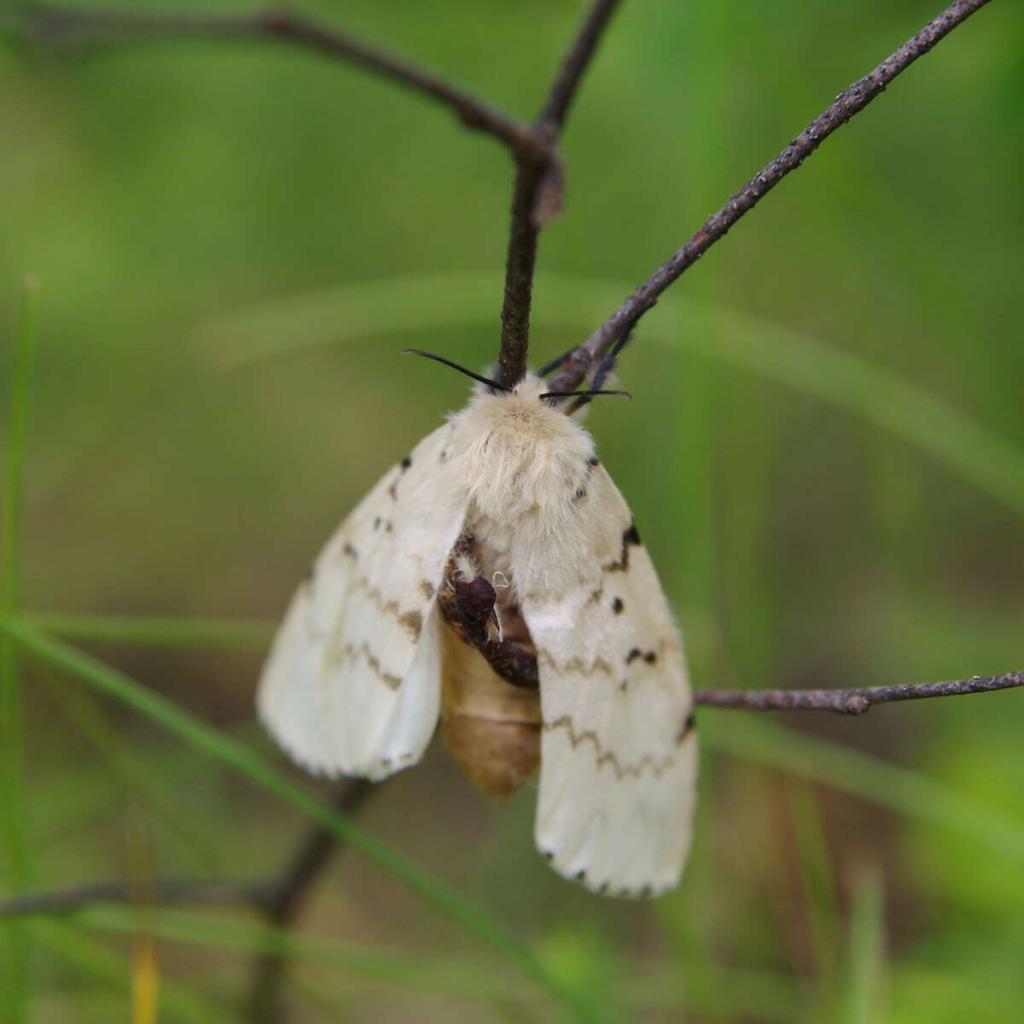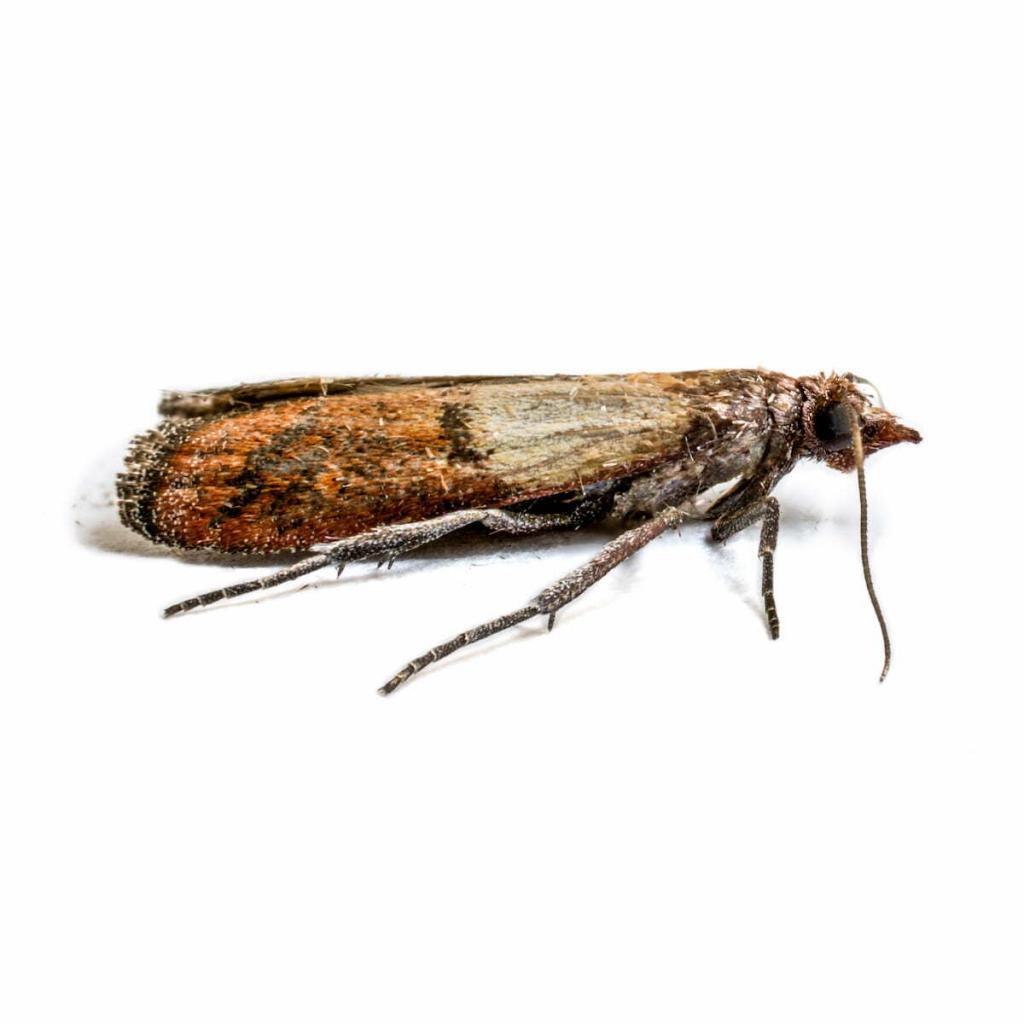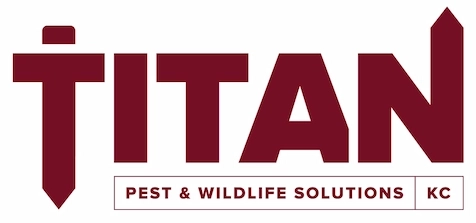Moth Exterminator
Moths are particularly destructive; a moth infestation can end up costing you a lot of money in ruined fabric, clothing, furniture, and other possessions.
Roaches, ants, mice, and spiders are likely what you think of when you hear that someone needs professional pest control services. However, other pests may be less ‘creepy-crawly’ but quietly pose a risk to your home.

If you notice signs of moths in your home, contact Titan Pest & Wildlife. We have expert technicians ready to deal with your moth problem and provide a solution to get rid of them and prevent them from returning.
Facts About Moths
There are about 12,000 different types of moths in the U.S. and Canada. For Missouri, there are far too many moths species to list. However, some of the most common moths you’ll encounter in your home or around your property include:


- Gypsy moths
- Pantry moths
- Polyphemus moths
- Common Clothes moths
- Luna moths
- Peppered moths
- White moths
Gypsy moths have voracious appetites for trees and shrubs, making them a significant pest because they threaten our forests. If these infest your yard, they can hurt your plants and trees.
Pantry moths can create a problem inside your home. Pantry moths are annoying pests that love to hang around the food in your pantry. The biggest problem isn’t just that these flying creatures are pesky – it’s what comes before the flight that’s concerning. Before growing into a moth, they start as yellow-white larvae that get into any unsealed food in your pantry and start eating away. It’s not uncommon for homeowners to discover they have an infestation only after taking out a bag from the pantry to eat and soon see someone has beaten them to the punch.
Other moths feed exclusively on fabrics and materials such as fur, wool, silk, feathers, felt, and more. While none of these moths are dangerous to humans, they cause irreparable damage to your garden, yard, clothes, furniture, and other personal belongings.
A Moth’s Life Cycle
Moths have a relatively short life cycle, so they don’t have long to carry on their species. This is one of the reasons one or two moths can lead to severe issues. Once a moth gets into your home, they look for a dark place to lay its eggs. They look for items that their larvae can eat once they hatch. Basements, attics, garages, and other dark rooms, are places we tend to store goods and winter clothing. This is attractive to a moth, and before you know it, your winter sweaters are full of moth holes.
When the larvae hatch, they begin eating. They devour whatever food they have, eventually form cocoons, and evolve into moths. These moths seek out others to breed with, and the cycle starts all over. This means they can spend their entire life cycle living, eating, producing, and growing inside your home – and destroying it simultaneously.
Signs You Have Moths
The most common sign is holes in clothing, upholstery, and other fabric. If you find some holes, you’ll want to check for moth eggs. They look like tiny white balls of plastic. Because they are so small, they are very easy to miss. Look in the back of your closet because moths prefer dark, quiet areas.
Signs to look for outdoors include moth activity in your yard with patches of dead grass, dying plants, or sick trees. This could be caused by moth larvae making dinner out of your backyard.
How to Get Rid of Moths
There are several things you can do to deter moths from entering your home. Keep doors and windows closed at night, especially in well-lit areas, as moths fly at night and are attracted to light. Keep screens on your doors and windows if you do keep them open. Inspect used clothing if you go thrift-shopping as moth eggs may be carried in this way. Keep the dark corners of your home clean. And finally, clean out drawers and other dark areas regularly.
Residential Moth Control
If you’re up against a moth infestation, the above tips might help but will not eliminate the problem. Titan Pest & Wildlife specialists are ready to help you get rid of moths and prevent them from coming back. We will inspect your home to determine how the moths got in. This includes your basement, attic, garage, storage rooms, and dark closets to locate their food source.
Integrated Pest Management System
Pest control is essential whether you want to protect your home or business. By utilizing an integrated pest management program, we ensure that we eliminate your current pests and prevent future outbreaks. These methods include:
- Planning – We conduct a thorough inspection of your home or facility, considering any factors that may contribute to current or future pest issues. Following this, we will create a customized treatment program specifically designed for your situation.
- Initial pest control service – Our initial visit will focus on targeting and eliminating any current pest problems you have. We will ensure that any future issues are a matter of pest prevention.
- Regularly scheduled service – At Titan Pest & Wildlife, we provide preventative maintenance programs to ensure that your home is and remains completely pest-free.
